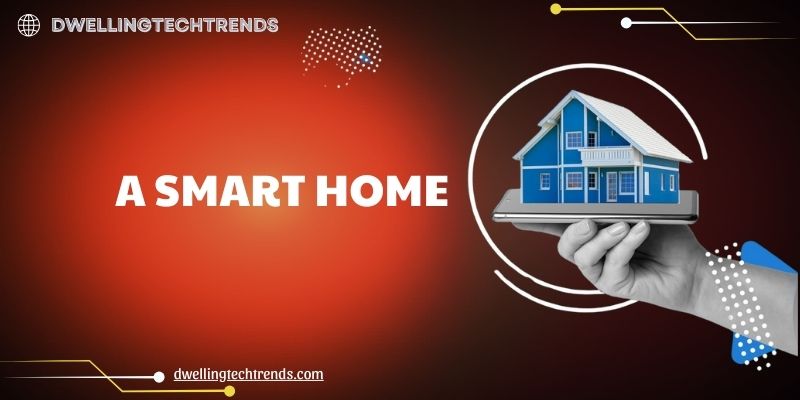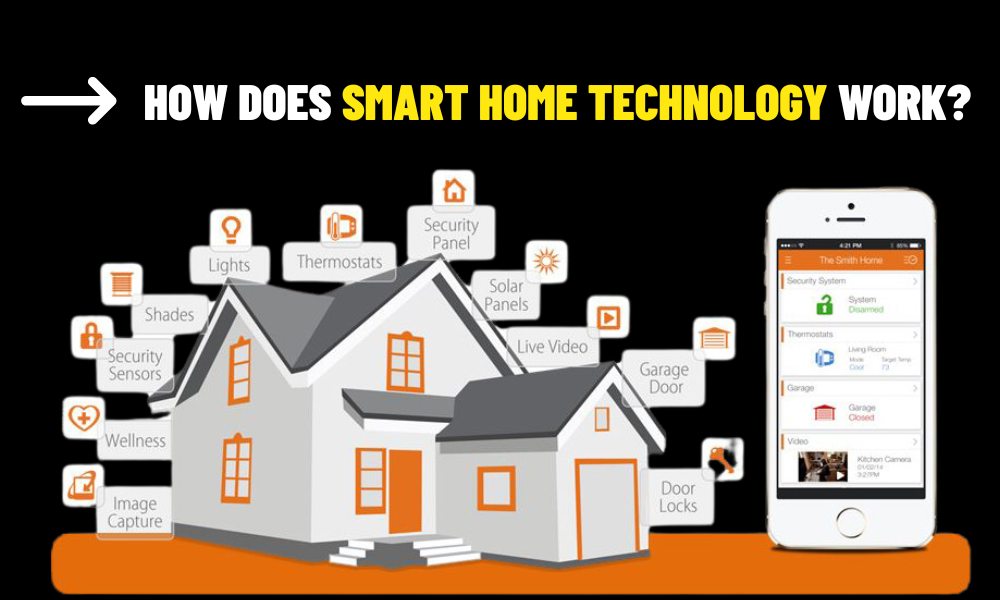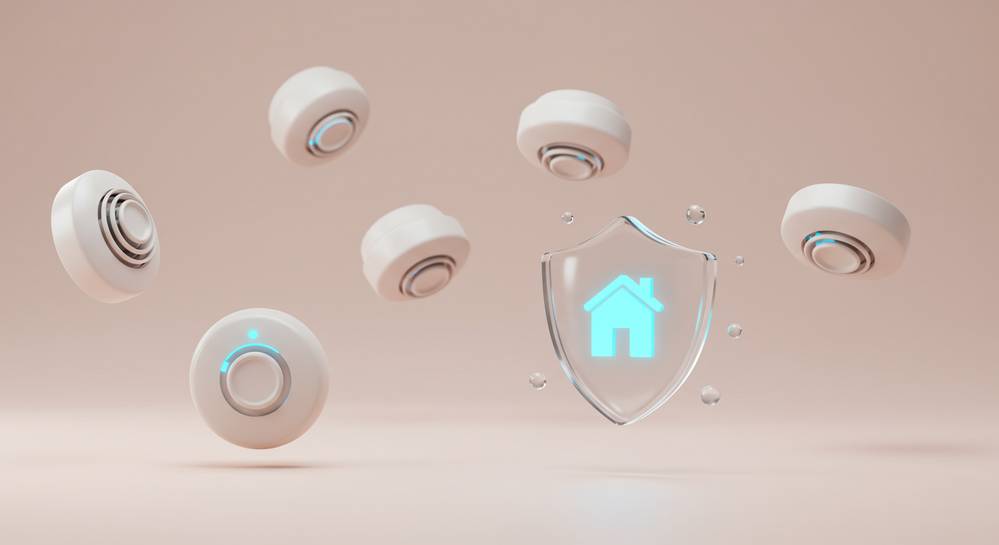A smart home is more than a modern luxury—it’s a transformative approach to living that blends technology with human needs. By integrating intelligent systems, these homes offer unparalleled control, safety, and efficiency. These factors make smart homes not just a trend but a practical investment for the future.
Contents
Characteristics of a Smart Home
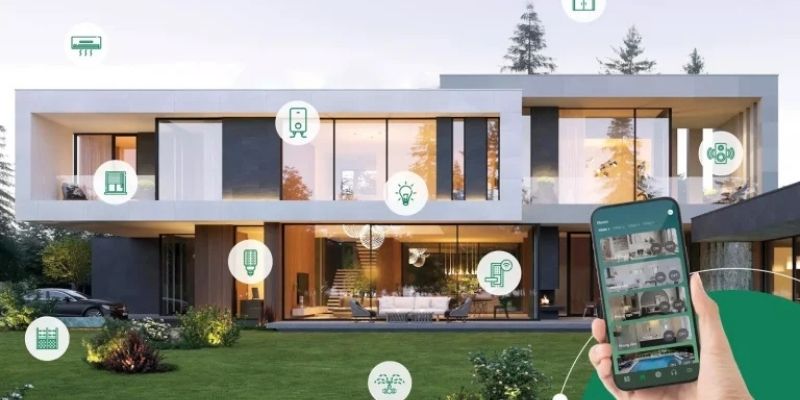
At its core, a smart home is a residence equipped with interconnected devices that automate and optimize daily tasks, creating a seamless living experience. The backbone of this ecosystem is the Internet of Things (IoT), which links appliances, lighting, heating, and security systems through a central hub or cloud platform.
Artificial intelligence (AI) enhances functionality by learning user behaviors—adjusting room temperatures based on your schedule or dimming lights when it detects you’re winding down. Sensors, from motion detectors to air quality monitors, feed real-time data to ensure the home responds dynamically to both occupants and external conditions.
Beyond automation, smart homes prioritize integration and adaptability. They unify disparate systems—think a single app controlling your thermostat, blinds, and speakers—eliminating the need for multiple remotes or manual adjustments. Modular designs allow for scalability, so you can start with smart bulbs and later add solar panels or biometric locks.
Sustainability is another hallmark, with features like energy-efficient appliances and water recycling systems reflecting a commitment to environmental responsibility. Privacy and customization round out the profile, as encrypted networks protect data, and tailored settings ensure the home aligns with individual lifestyles, whether you’re a busy professional or a retiree.
These characteristics—connectivity, intelligence, adaptability, sustainability, and personalization—set smart homes apart, forming the foundation for their compelling benefits.
Reason 1 – Optimal Convenience and Control
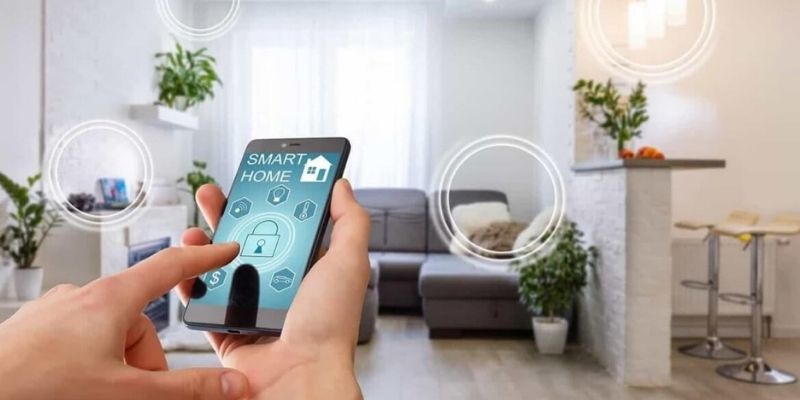
The first and perhaps most irresistible reason to choose a smart home is the unmatched convenience and control it offers. In a smart home, routine tasks become effortless, freeing up time and mental energy. Picture walking into your living room after a long day, and the lights automatically adjust to a warm glow, your favorite playlist starts playing, and the coffee maker begins brewing—all without lifting a finger.
This level of automation stems from AI that learns your habits, syncing devices to your rhythm. For instance, a smart home might preheat the oven when it detects you’re 10 minutes away or water your garden based on soil moisture and weather forecasts.
Control extends beyond the home’s walls. With a smartphone or voice assistant, you can manage every aspect remotely—turning off forgotten lights while on vacation, checking if the garage door is closed, or scheduling the vacuum to clean before guests arrive.
This flexibility is a game-changer for busy individuals, parents juggling multiple responsibilities, or frequent travelers who want peace of mind. Unlike traditional homes, where you’re tethered to physical switches or timers, smart homes offer granular precision. You can set the dining room to 50% brightness for dinner or program the AC to cool only occupied rooms, tailoring the environment to the moment.
Moreover, smart homes enhance accessibility. For the elderly or those with mobility challenges, voice-activated systems eliminate the need to reach for controls, while smart appliances like robotic cleaners reduce physical strain. Families benefit from shared controls, allowing kids to adjust their room’s lighting via a kid-friendly app, fostering independence. The result is a home that doesn’t just react to commands but anticipates needs, creating a fluid, stress-free lifestyle that feels intuitive and empowering.
Reason 2 – Heightened Safety and Security
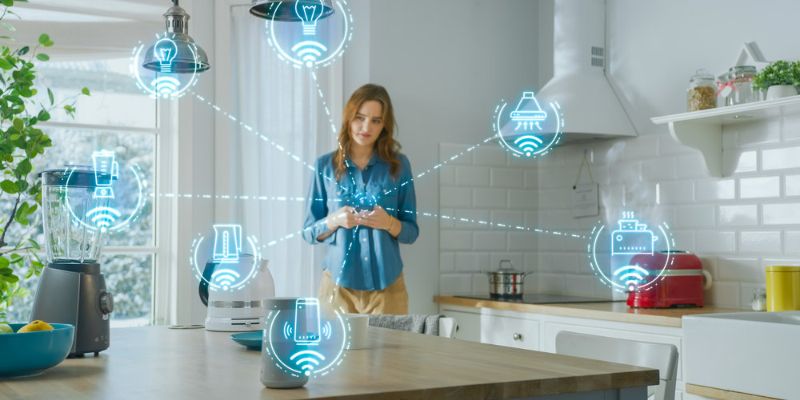
Safety and security rank as the second major reason to embrace a smart home, offering robust protection that traditional homes can’t match. Smart security systems leverage AI and IoT to create a vigilant, responsive shield around your property. High-definition cameras with facial recognition distinguish between family members, delivery personnel, and strangers, sending real-time alerts to your phone if something’s amiss.
Motion sensors can detect unusual activity—like a window opening at midnight—and trigger alarms or notify authorities instantly. Unlike older systems that rely on manual arming, smart homes operate 24/7, adapting to context, such as locking doors when you leave or activating outdoor lights at dusk.
Smart locks add another layer of security, eliminating the risks of lost keys. You can grant temporary access to a neighbor via a one-time code or unlock the door for a babysitter from your office.
Some systems even use biometric authentication, like fingerprints or voice patterns, ensuring only authorized individuals enter. For families, child-safety features are a standout—smart outlets prevent electrical mishaps, and geofencing alerts parents if kids wander beyond a set perimeter. In emergencies, integrated smoke and carbon monoxide detectors communicate with sprinklers or HVAC systems to contain threats, while syncing with emergency services for faster response.
Beyond physical safety, smart homes protect digital assets. As homes become data hubs, cybersecurity is critical. Encrypted networks and AI-driven firewalls block hacking attempts, safeguarding personal information like health data or security footage. Regular software updates keep vulnerabilities at bay, unlike outdated systems that expose users to risks. Whether you’re safeguarding your family, valuables, or privacy, a smart home delivers peace of mind, making it a sanctuary in an unpredictable world.
Reason 3 – Energy and Cost Savings in the Long Term

The third compelling reason to choose a smart home is its ability to save energy and reduce costs over time, aligning with both financial and environmental goals. Smart homes are designed to optimize resource use, minimizing waste without sacrificing comfort.
Intelligent thermostats, for example, learn your schedule and adjust heating or cooling to avoid running when the house is empty, potentially cutting energy bills by 10-20%. Smart lighting systems dim or turn off lights in unoccupied rooms, while sensors ensure appliances like washers run during off-peak hours when electricity rates are lower.
Integration with renewable energy amplifies savings. Many smart homes pair with solar panels and battery storage, allowing you to harness and store clean energy. AI optimizes distribution—powering high-draw devices like EVs during surplus production—reducing reliance on the grid.
Water conservation features, like smart irrigation that skips watering during rain, further lower utility costs. Real-time energy dashboards provide transparency, showing exactly where your dollars go and suggesting tweaks, like insulating a drafty room, to boost efficiency.
These savings compound over years, offsetting the initial investment in smart tech. For instance, a smart HVAC system might cost upfront but pay for itself through lower bills and maintenance, as it flags issues before they become costly repairs. Additionally, smart homes qualify for tax incentives or rebates in many regions, easing the financial hurdle.
Environmentally, reduced consumption lowers your carbon footprint, appealing to eco-conscious homeowners. For renters or budget-conscious buyers, affordable retrofit options—like smart plugs or Wi-Fi thermostats—deliver similar benefits without breaking the bank. In an era of rising energy prices, a smart home is a hedge against inflation and a step toward sustainability.
To Dwelling Tech Trends, choosing a smart home is a decision to embrace a smarter, safer, and more sustainable way of living. With their ability to offer optimal convenience and control, unparalleled safety and security, and significant energy and cost savings, smart homes cater to modern needs while preparing you for the future.
